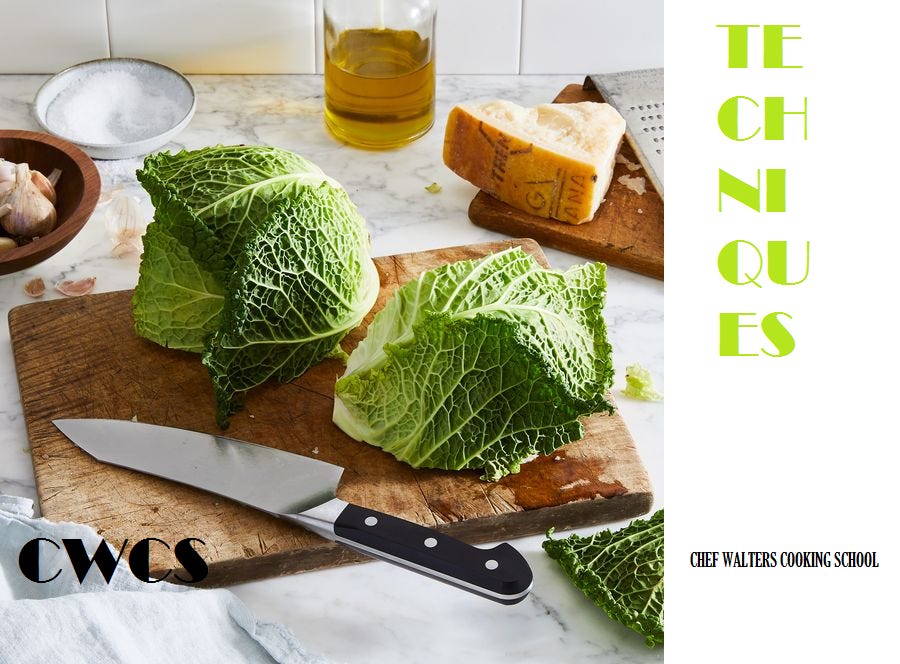Search Posts
Recent Posts
- Out and About in RI: Former Pawtucket Mayor Henry Kinch Tribute in Photos June 24, 2025
- Rhode Island Weather Forecast for January 24, 2025 – Jack Donnelly June 24, 2025
- ART! Mark Freedman, first featured artist of Summer Art Shows at Charlestown Gallery June 24, 2025
- The Bellevue Hotel: Procaccianti Co. New Luxury Boutique Hotel Set for Newport’s Iconic Bellevue Ave June 24, 2025
- Mike Stenhouse, CEO of RI Center for Freedom & Prosperity, named into College Baseball Hall of Fame June 24, 2025
Categories
Subscribe!
Thanks for subscribing! Please check your email for further instructions.

Ask Chef Walter: Is frozen food good? – Chef Walter Potenza
by Chef Walter Potenza, contributing writer
How to make the most out of frozen foods while saving money, time and effort.
Friends:
Pauline Z. from Ocean Ridge, Florida, recently asked me about the use of frozen food—whether it’s safe, how it affects quality, and if it compromises taste. Freezing is one of the best preservation methods, as it locks in nutrients and extends shelf life without adding additives. However, quality depends on the freezing process; flash-frozen foods maintain better texture and flavor compared to slow freezing, which can lead to ice crystal formation and cellular breakdown. While fresh ingredients are always ideal, properly frozen food can be a great alternative when handled and stored correctly.
Let’s look into this!
New market trends show that frozen food has evolved from a humble convenience to an essential staple in countless kitchens; whether you are a working professional, a parent juggling a frantic schedule, or simply a person willing to save time and money, frozen food can be a godsend. However, like any other form of nutrition, frozen food has pros and cons.
Pros of Frozen Food
One of the most significant benefits of frozen food is its incredible convenience. Pre-chopped vegetables, ready-to-eat meals, and frozen fruits can significantly reduce kitchen time. For people with hectic lifestyles, maintaining a stock of frozen meals can be a godsend during those hectic days, providing relief and reducing stress about meal preparation.
Contrary to common myth, frozen foods can be just as healthy as their fresh counterparts. Fruits and vegetables are picked at growing areas at the height of freshness. Then flash-frozen, essentially ‘locking in’ the critical vitamins and minerals. Sometimes, frozen fruits and vegetables may contain even more nutrients than their fresh versions that sit on grocery store shelves for weeks.
Frozen food stays much longer when compared to fresh food, and it is an excellent option for reducing food waste. It allows you to use only what you need and store the rest for later, with the added benefit of not having to buy extra. You will save money by buying in bulk, making you feel financially savvy and controlling your budget. In general, frozen foods are more budget-friendly, particularly when compared to fresh produce out of season.
Frozen fruits, vegetables, and proteins can be made into various meals without stretching one’s budget, and achieve great tasting results.
One of the best things about frozen foods is how adaptable they are: From smoothies and soups to stir-fries and casseroles and everything in between, frozen foods can be integrated into most meals, making meal prep fast and, for the most part, pretty painless. This versatility can be a great source of inspiration for meal planning, making it a lot more fun and not dull.
Unfortunately, frozen food isn’t perfect. One of its most prevalent faults is a change in texture when frozen, most evident in fruits and vegetables. Frozen strawberries, for example, become mushy upon being defrosted. While this would be less suitable for immediate consumption, it will be perfect in smoothies, marmalades, jams, baking, and similar recipes.
One disadvantage is the additives used in frozen foods, especially prepared foods, which use preservatives, salt, and sugar to maximize shelf life and perceived value for immediate use.
Lastly, even a growing variety of frozen foods cannot compete with the enormous variety of in-season, freshly purchased produce. That constraint could hinder your selection when in search of a specific ingredient.
Poor storage can lead to freezer burn, which reduces the flavor and texture of food. To avoid such an unpleasant outcome, ensure your frozen food is well sealed and stored at appropriate temperatures.
When to Use Frozen Food
Frozen foods are perfect for meal planning. One can prepare large quantities of meals and freeze them into single portions, ready to dish out quickly and efficiently during the week. They also go beautifully in smoothies and baking. Frozen fruits like berries, mangoes, and bananas puree smoothly, lending a natural sweetness to your creation.
Frozen vegetables, like peas, carrots, and spinach, are stars of soups and stews. They retain their nutritional content and add flavor and texture to your dishes. Having a few frozen meals for an emergency when one is too tired to cook, or some guests pop in will be a big savior. Frozen pizzas, lasagnas, and stir-fry kits can be conveniently reheated and served.
Frozen fruits and vegetables are an excellent substitute for fresh ones, mainly if they are expensive or out of season. They are picked and frozen at the peak of freshness to bring the best quality and flavor to your meal.
How to Save Money with Frozen Food
One keyway to save money on frozen food is by buying bulk. Often, products are cheaper when purchased this way. Look for sales and price cuts at your local grocery store or consider buying from wholesale locations. Additionally, frozen foods can help minimize food waste, as you can take only what you need and return the rest to the freezer, ensuring nothing goes to waste.
Alternatively, you could make your frozen meals instead of buying pre-packaged ones. Make large batches of food you enjoy, then portion and freeze it for later. You will have complete control over the ingredients, enabling some money savings.
Tips for Making the Best of Frozen Food
- To maintain the quality of frozen food, store it in airtight containers or freezer bags. Always label and date your items to track their shelf life.
- Some foods must be defrosted in the refrigerator for an even thawing; frozen meats are a case in point, while fruits and vegetables can often be cooked straight from the freezer.
- Try to resist the temptation to refreeze thawed food, as this may undermine its texture and safety. Plan your meals to consume items that have already been thawed promptly.
- Look at the labels When shopping for frozen goodies. This way, you can avoid those pesky additives, extra sodium, and sugar. Choose plain frozen fruits and veggies whenever possible without adding flavorings or sauces.
My take!
Frozen foods are super convenient, budget-friendly, and versatile. They can help you save cash, cut food waste, and quickly whip up healthy meals. Knowing the ups and downs of frozen foods makes it easier to fit them into your meal planning. Check out the frozen foods aisle next time you’re at the supermarket. You might find some great ingredients to make meal prep quicker and help you cook tasty dishes!

___

Chef Walters Culinary Tourism / Tours 2025
___
Chef Walter is featured HERE every Sunday with his regular Ask Chef Walter column!

Meet Chef Walter!
There is a constant, recognizable thread in the career of Walter Potenza to elevate the level of Italian culinary culture in the United States. Besides his unquestionable culinary talent and winning business perspective, Chef Walter has been a relentless educator with passion and knowledge who defeats stereotypes. His life, career, and values are a model, an example to follow by any chef of Italian gastronomy working outside Italy.
Chef Walter appears regularly on National and International Networks such as Food Network, ABC, CBS, NBC, RAI, FOX, and Publications such as NY. Times, Washington Post, Wall Street Journal, Food & Wine, Saveur, Gourmet, and several Italian media outlets. And now “RINewsToday”!
